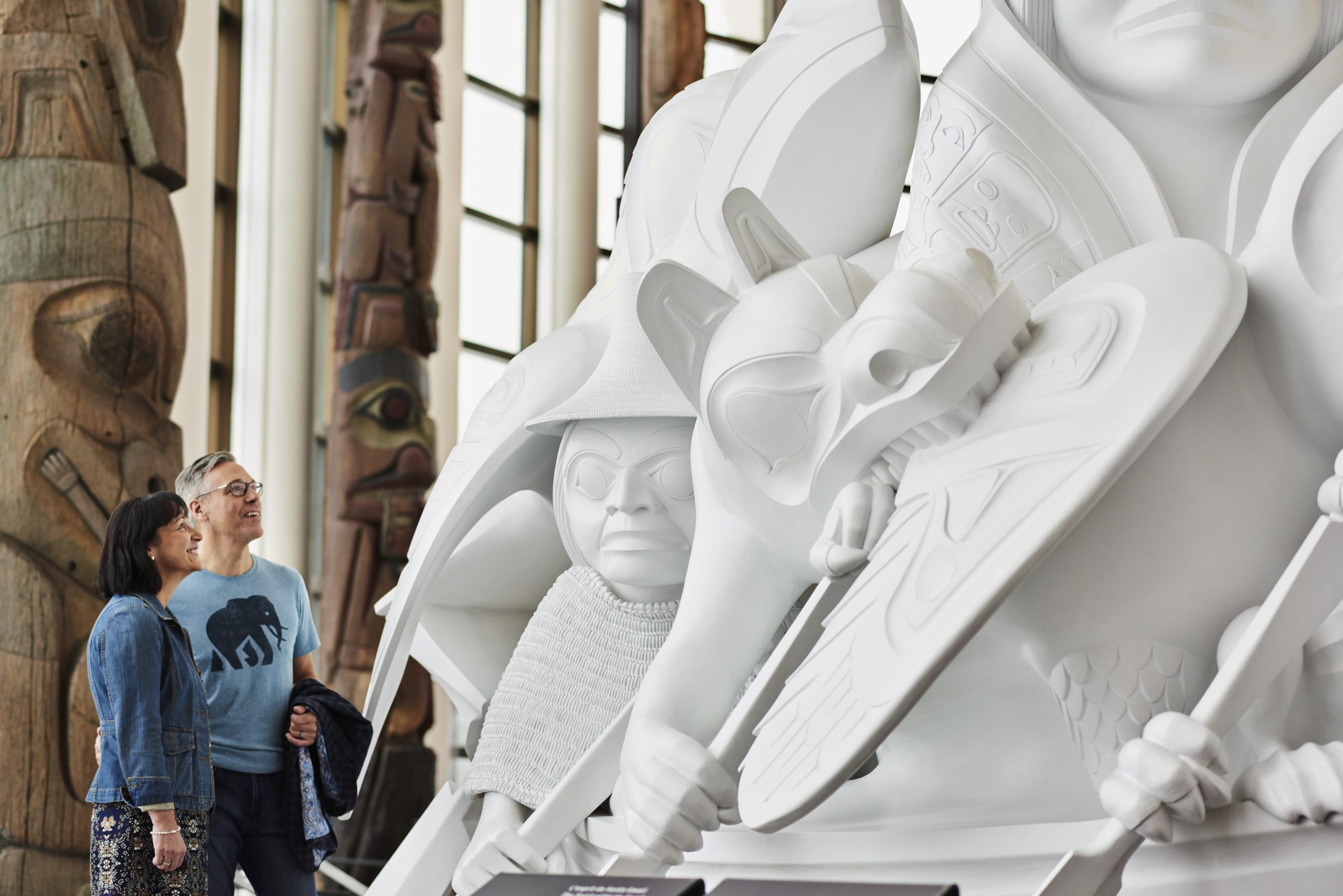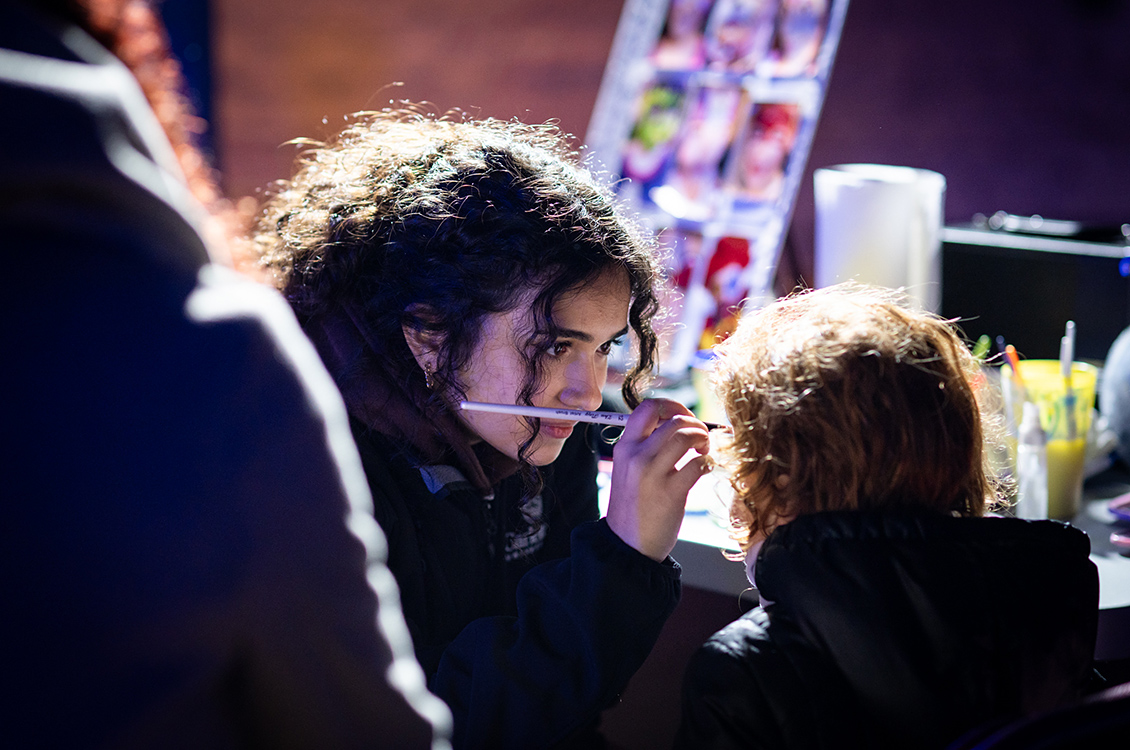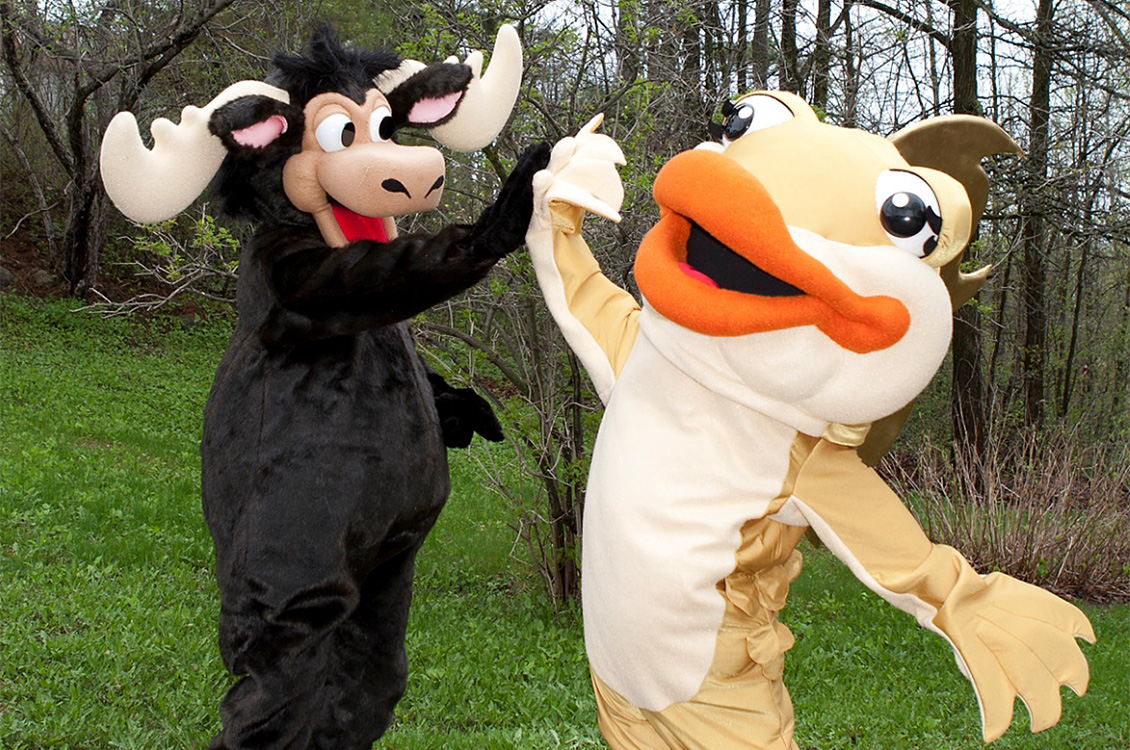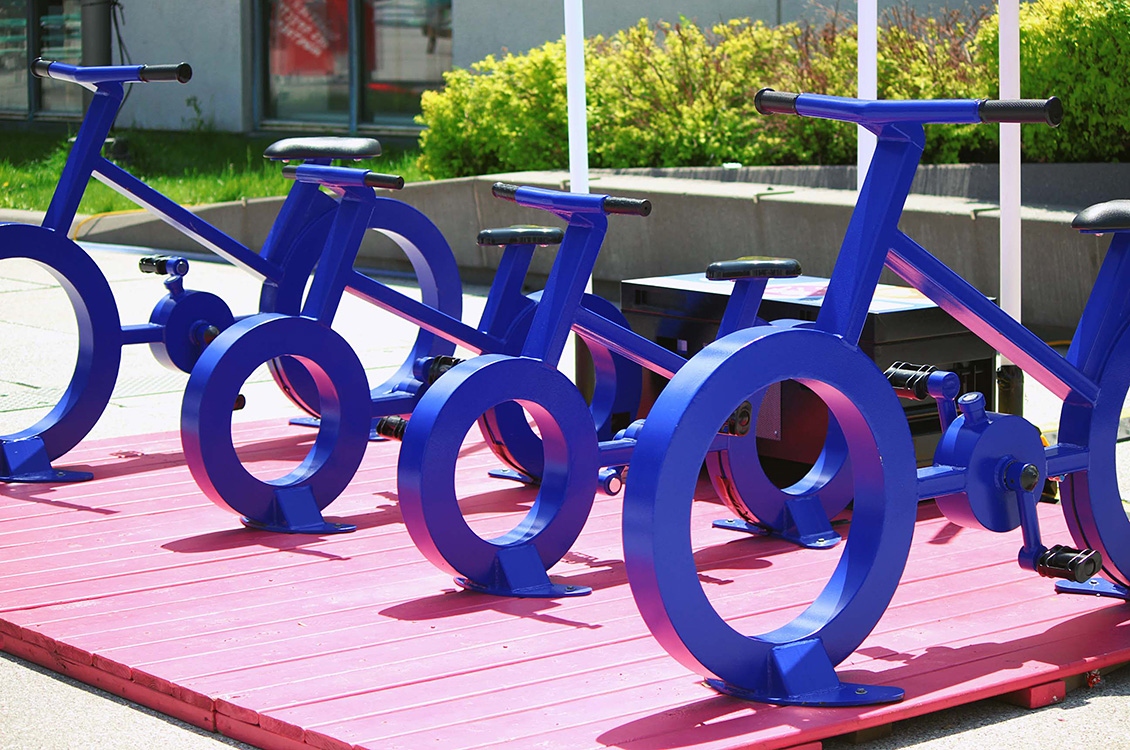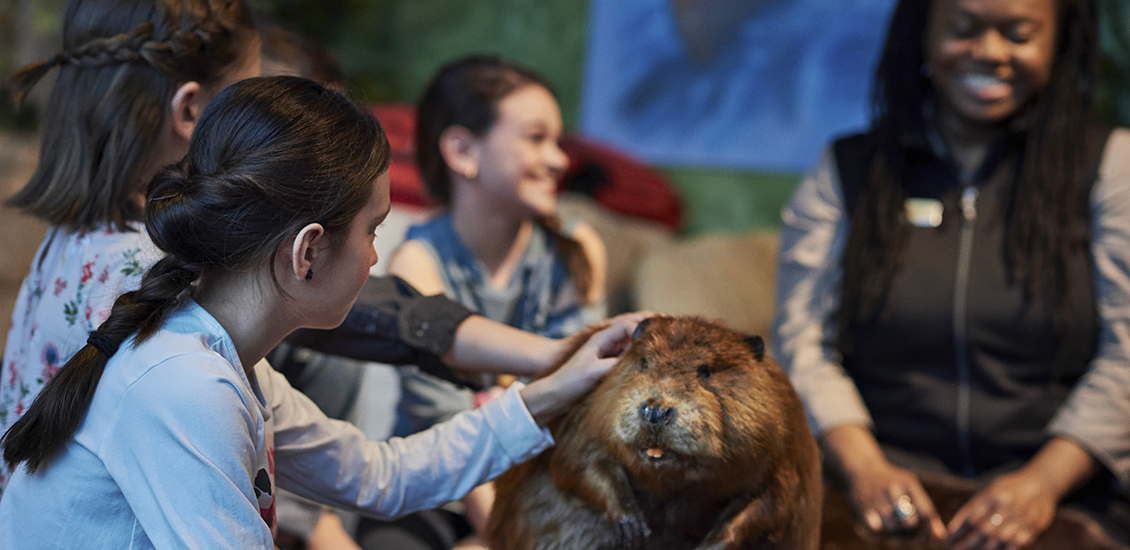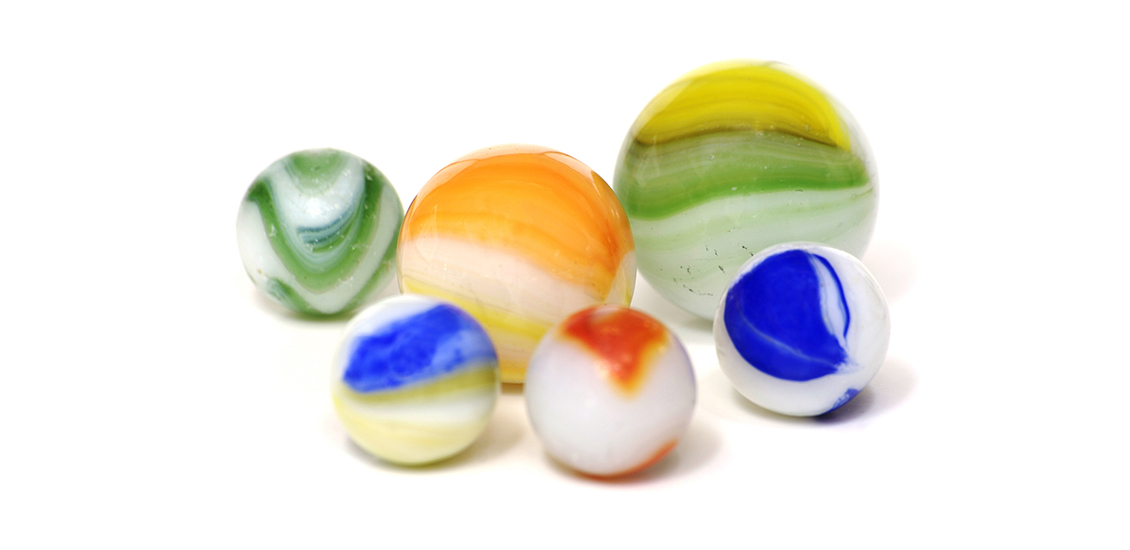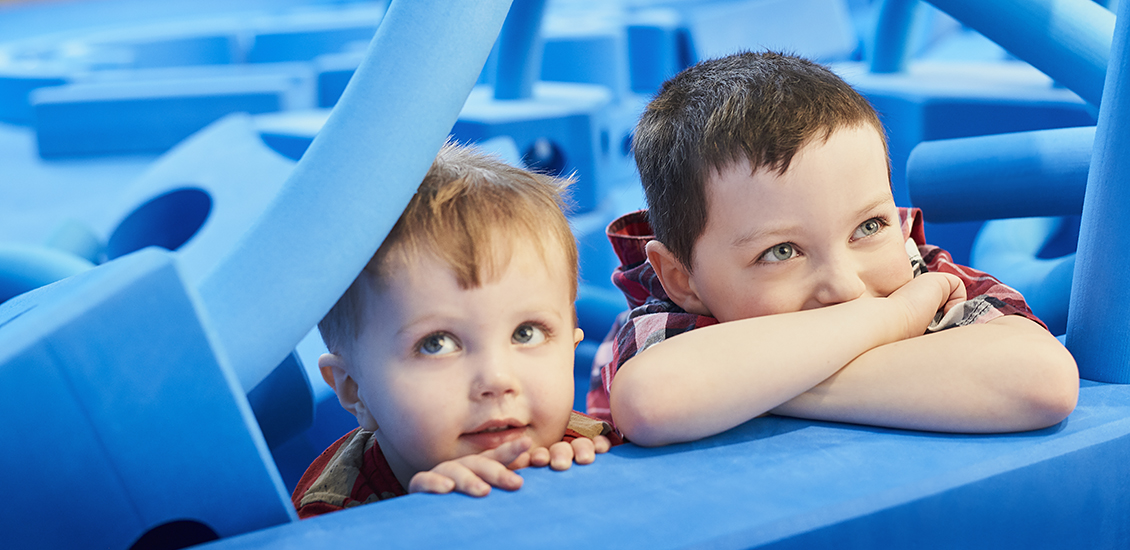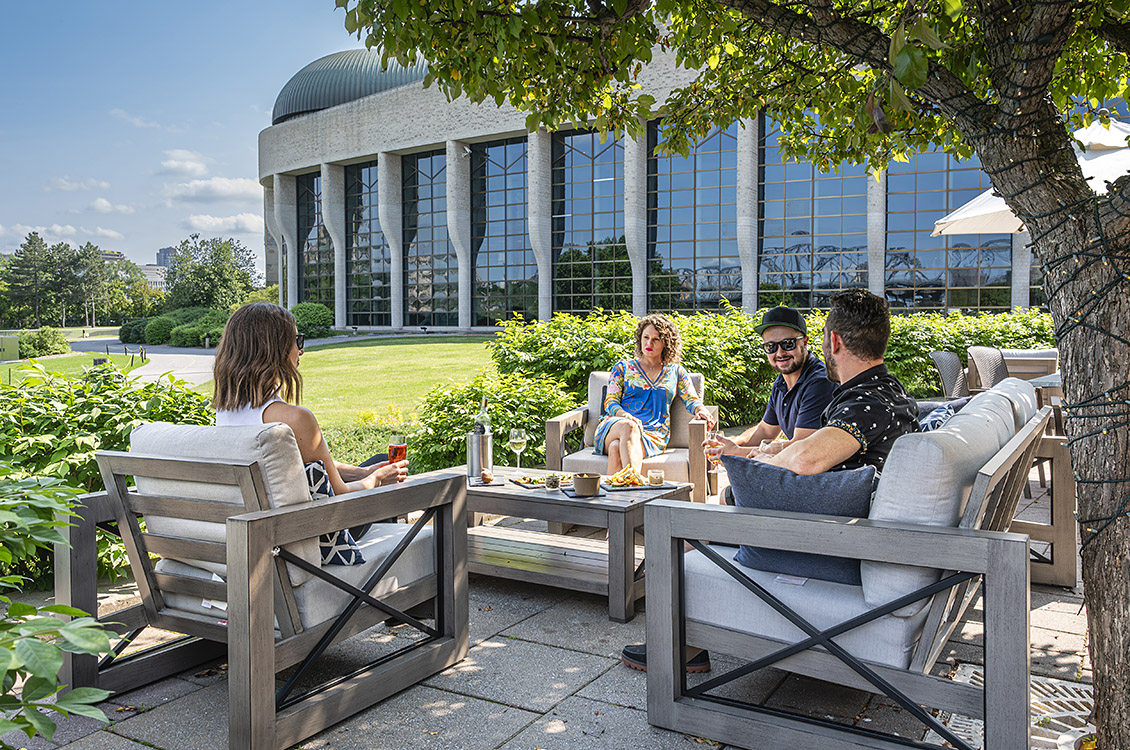Events and programming
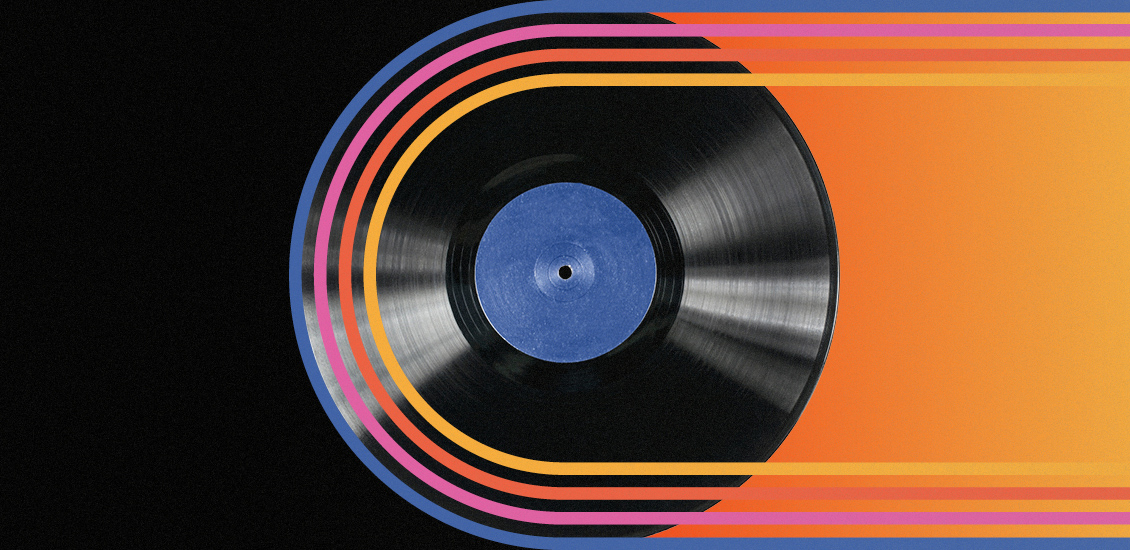
Activity
Spotlight on Retro – Discover Popular Music in Canada
July 1, 2025
See all timesIncluded with admission

Activity
Spotlight on Retro – Discover Popular Music in Canada
July 2, 2025
See all timesIncluded with admission

Activity
Spotlight on Retro – Discover Popular Music in Canada
July 3, 2025
See all timesIncluded with admission

Activity
Spotlight on Retro – Discover Popular Music in Canada
July 4, 2025
See all timesIncluded with admission

Activity
Spotlight on Retro – Discover Popular Music in Canada
July 5, 2025
See all timesIncluded with admission
Plan your visit
Visit the Museum
Planning a visit to the Museum in Gatineau? Here is everything you need to know about hours, admission fees, visitor services, and more.
Plan your visit